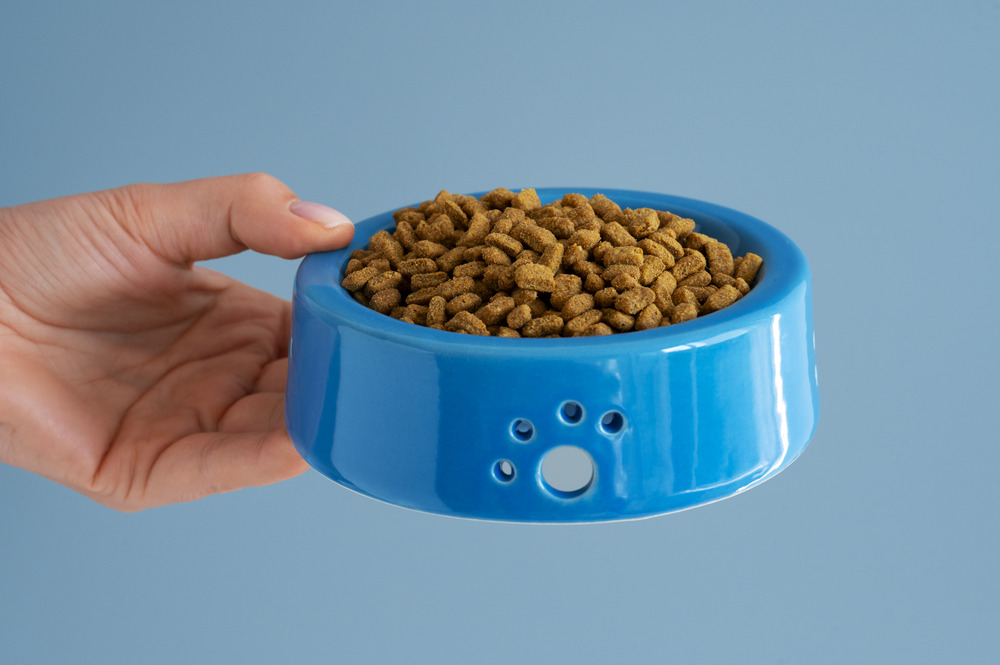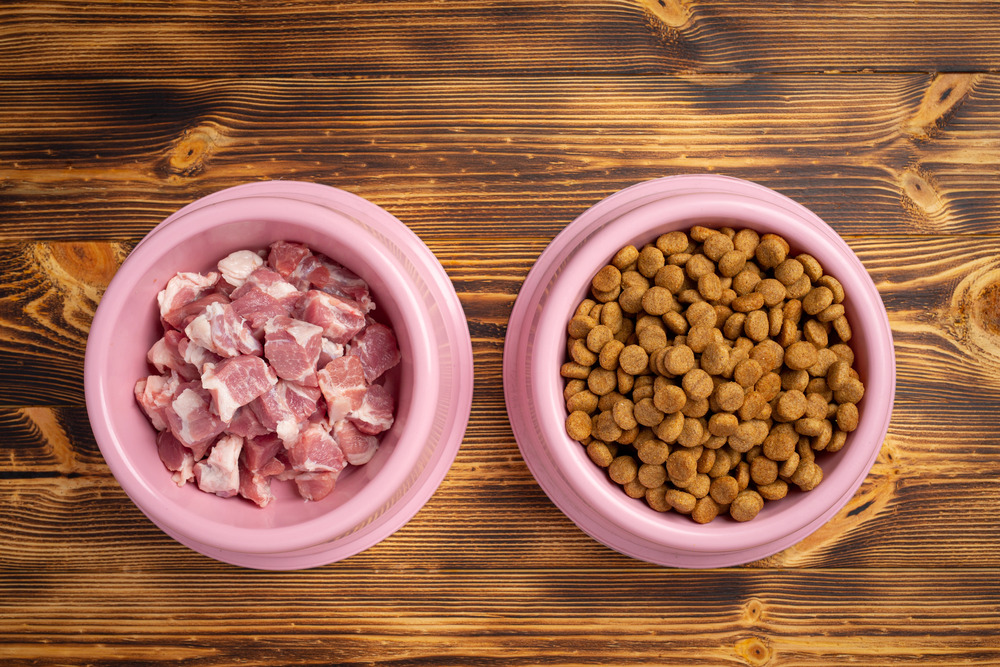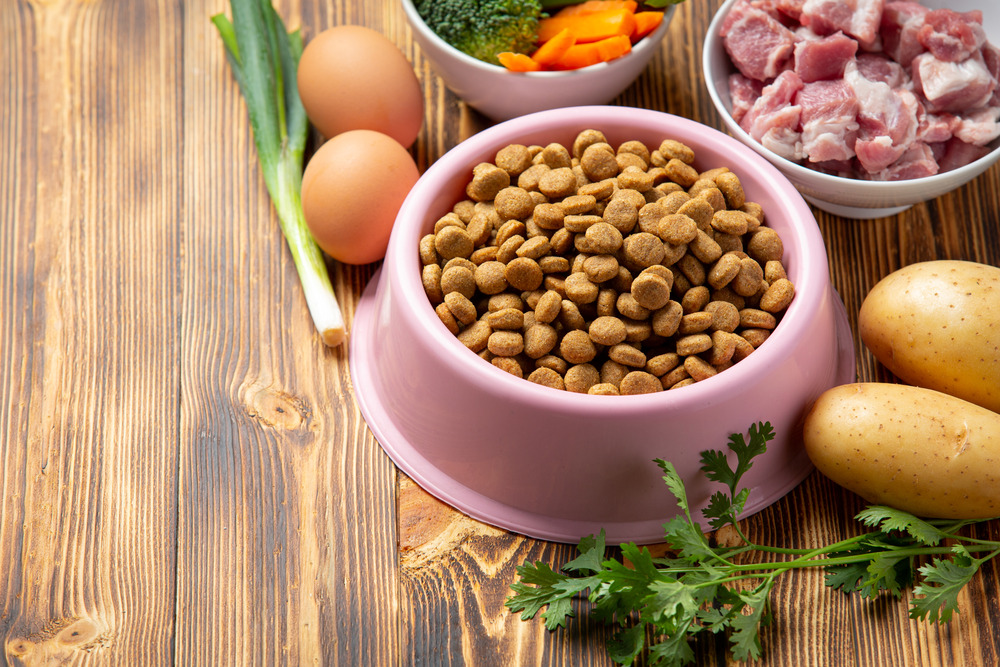As pet owners, we all want the best for our furry friends. With the growing awareness of health and nutrition, many pet owners are turning to natural foods for their pets. But how do you choose the best options? In this blog, we will explore the benefits of natural pet foods, provide statistics on pet nutrition, and offer tips on selecting the right food for your beloved companion. 🐾

Understanding Natural Pet Foods
Natural pet foods are made from ingredients that are minimally processed and free from artificial additives, preservatives, and fillers. These foods often contain high-quality proteins, whole grains, and fresh fruits and vegetables. According to a survey conducted by the American Pet Products Association (APPA), 67% of pet owners are now opting for natural pet foods, reflecting a significant shift in consumer preferences.
Benefits of Natural Foods
- Improved Health: Natural foods can lead to better overall health for pets, including improved digestion, healthier skin, and a shinier coat. 🐶
- Allergy Management: Many pets suffer from food allergies. Natural foods often contain fewer allergens, making them a safer choice for sensitive pets.
- Weight Management: Natural foods are typically lower in calories and fat, helping to maintain a healthy weight for your pet.
Key Statistics on Pet Nutrition
To better understand the impact of nutrition on pet health, let’s look at some compelling statistics:
| Statistic | Percentage (%) |
|---|---|
| Pet owners who prioritize natural foods | 67% |
| Pets that experience health improvements | 75% |
| Pet owners who read ingredient labels | 80% |
| Pets with food allergies | 15% |
These statistics highlight the growing trend towards natural pet foods and the positive effects they can have on pet health.
Choosing the Right Natural Food
When selecting natural food for your pet, consider the following factors:
1. Read the Ingredients List
Always check the ingredients list on the packaging. Look for whole food ingredients like real meat, vegetables, and grains. Avoid foods with vague terms like "meat by-products" or "animal fat."
2. Consider Your Pet’s Age and Size
Different life stages require different nutritional needs. Puppies and kittens need more protein and calories, while senior pets may require lower fat content. Additionally, larger breeds may need specific nutrients to support their joints.
3. Consult Your Veterinarian
Your veterinarian can provide personalized recommendations based on your pet’s health, age, and dietary needs. They can also help you identify any potential allergies or sensitivities.
4. Look for Certifications
Choose brands that have certifications from reputable organizations, such as the Association of American Feed Control Officials (AAFCO). This ensures that the food meets specific nutritional standards.
Popular Natural Pet Food Brands
Here are some popular natural pet food brands that you might consider:
| Brand Name | Key Features | Price Range (per bag) | 🐾 |
|---|---|---|---|
| Blue Buffalo | Real meat, no artificial preservatives | $40 - $70 | 🐕 |
| Wellness CORE | Grain-free, high protein | $50 - $80 | 🐩 |
| Orijen | Fresh, regional ingredients | $60 - $90 | 🐕🦺 |
| Natural Balance | Limited ingredient diets | $30 - $60 | 🐈 |
These brands are known for their commitment to quality and natural ingredients.
Transitioning to Natural Foods
If you decide to switch your pet to natural food, it’s essential to do so gradually. Sudden changes in diet can lead to digestive upset. Here’s a simple transition plan:
- Days 1-3: Mix 25% new food with 75% old food.
- Days 4-6: Mix 50% new food with 50% old food.
- Days 7-10: Mix 75% new food with 25% old food.
- Day 11 onward: Feed 100% new food.
Conclusion
Choosing the best natural foods for your pet can significantly impact their health and well-being. By understanding the benefits, reading labels, and consulting with your veterinarian, you can make informed decisions that will keep your furry friend happy and healthy. 🌟
For more information on pet nutrition, you can visit PetMD or The American Kennel Club. Remember, a healthy pet is a happy pet! 🐾




